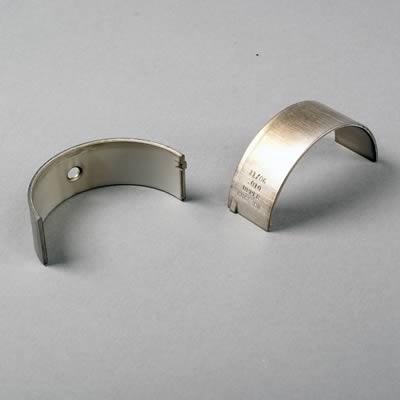

Introduced as a performance engine in 1967, the 350 went on to be employed in both high- and low-output variants across the entire Chevrolet product line.Īlthough all of Chevrolet's siblings of the period ( Buick, Cadillac, Oldsmobile, Pontiac, and Holden) designed their own V8s, it was the Chevrolet 305 and 350 cu in (5.0 and 5.7 L) small-block that became the GM corporate standard. Among the intermediate displacements were the 283 cu in (4.6 L), 327 cu in (5.4 L), and numerous 350 cu in (5.7 L) versions. Production of the original small-block began in late 1954 for the 1955 model year, with a displacement of 265 cu in (4.3 L), growing over time to 400 cu in (6.6 L) by 1970. Later generation engines have only the rod bearings, transmission-to-block bolt pattern and bore spacing in common with the Generation I and II engines. The Generation II engine is largely an improved version of the Generation I, having many interchangeable parts and dimensions. Generation I and Generation II LT engines are distinct from subsequent LS-based small-block engines. The engine block and cylinder heads were cast at Saginaw Metal Casting Operations in Saginaw, Michigan.

Engineer Ed Cole is credited with leading the design for this engine. Referred to as a "small-block" for its size relative to the physically much larger Chevrolet big-block engines, the small block family spanned from 262 cu in (4.3 L) to 400 cu in (6.6 L) in displacement. The Chevrolet small-block engine is a series of gasoline-powered, V-8 automobile engines, produced by the Chevrolet division of General Motors between 19, using the same basic engine block.


 0 kommentar(er)
0 kommentar(er)
